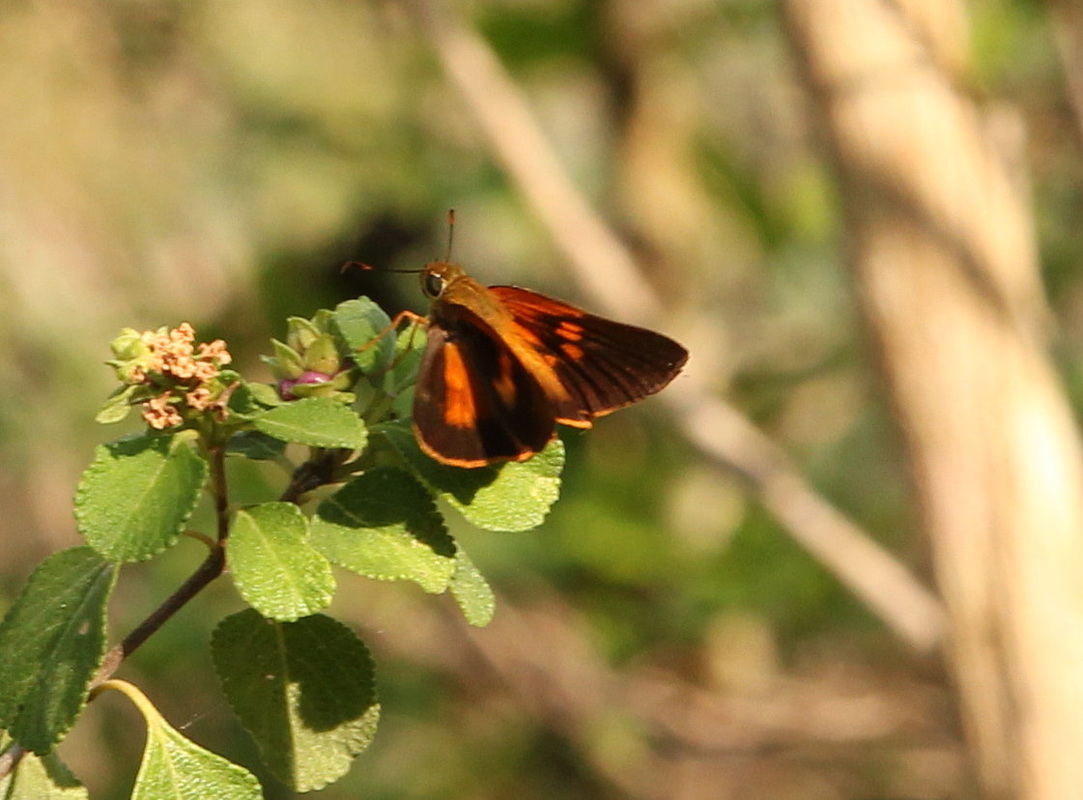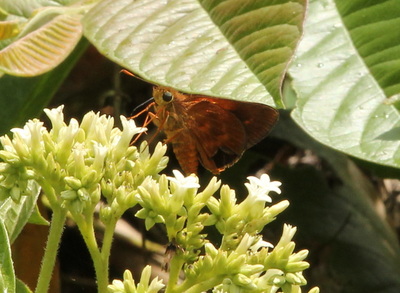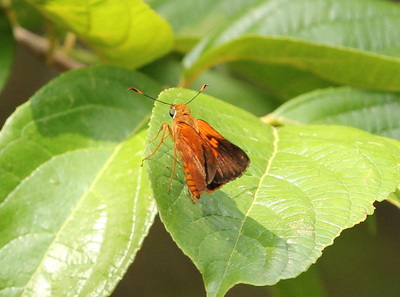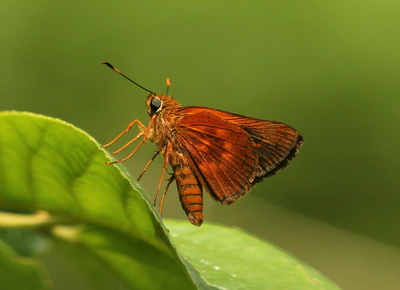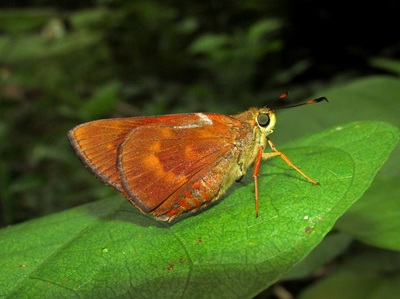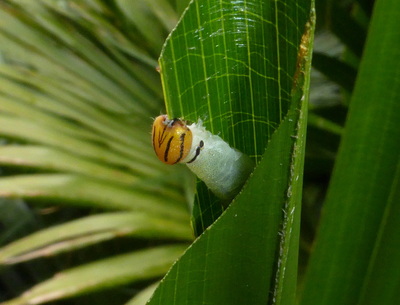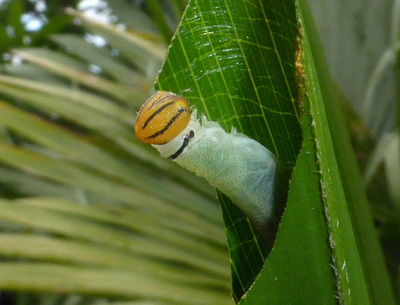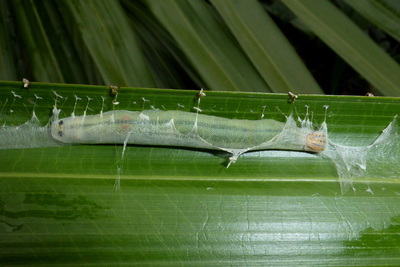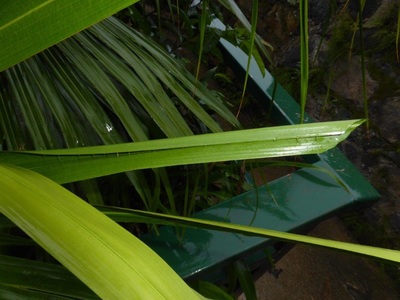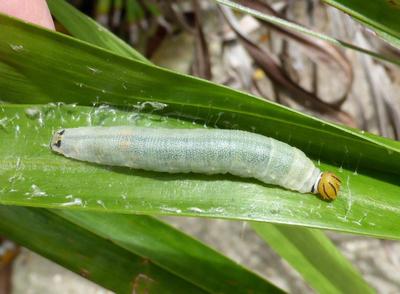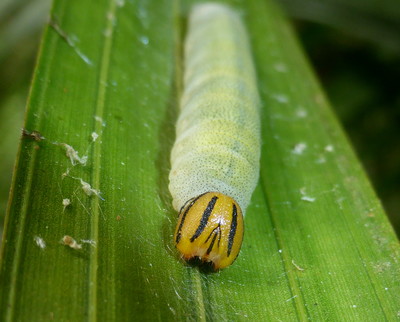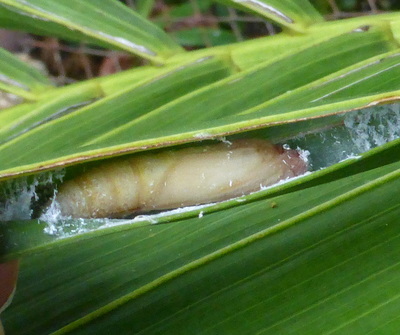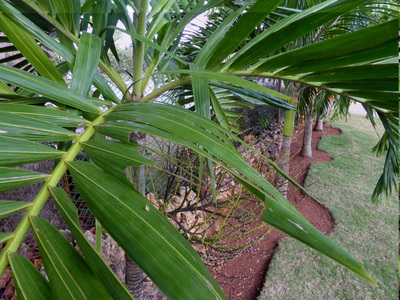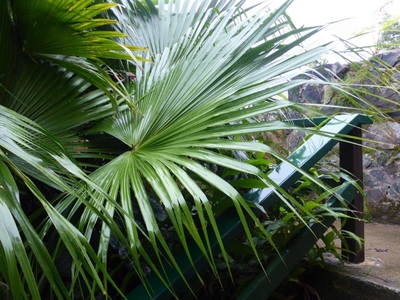Hesperiidae : Hesperiinae
Choranthus orientis (Skinner, 1920)
Caribbean Skipper
Choranthus orientis (Skinner, 1920)
Caribbean Skipper
Previously known as: Pyrrhocalles antiqua but following a genetic review of the Hesperiidae in 2022 by Zhang et al Taxonomic changes suggested by the genomic analysis of Hesperiidae (Lepidoptera) it is now called Choranthus orientis.
Description and Similar Species: Wingspan 42-55mm. Sexes similar. Quite a large skipper with bright orange wings and a broad very dark brown wing tip and posterior edging.
Range: Found only in the West Indies on the islands of Bahamas, Cuba, Hispaniola and Puerto Rico.
Status: The subspecies orientis is endemic to Cuba. Uncommon, mainly near the coast but we have seen it (March 2015) at 950m in the Sierra Maestra.
Nectar Plants: Lantana, Tournefortia hirsutissima, Stachytarpheta jamaicensis, Palicourea domingensis, Psychotria, involucrata, Ageratum conyzoides, Lippia alba, Morinda citrifolia.
Larval Foodplants: Larvae feed on the leaves of young palms including Veitchia merrillii and Roystonea regia. When fully fed the larva then moves to a new leaf and folds a leaf together with silk in which to pupate.
Description and Similar Species: Wingspan 42-55mm. Sexes similar. Quite a large skipper with bright orange wings and a broad very dark brown wing tip and posterior edging.
Range: Found only in the West Indies on the islands of Bahamas, Cuba, Hispaniola and Puerto Rico.
Status: The subspecies orientis is endemic to Cuba. Uncommon, mainly near the coast but we have seen it (March 2015) at 950m in the Sierra Maestra.
Nectar Plants: Lantana, Tournefortia hirsutissima, Stachytarpheta jamaicensis, Palicourea domingensis, Psychotria, involucrata, Ageratum conyzoides, Lippia alba, Morinda citrifolia.
Larval Foodplants: Larvae feed on the leaves of young palms including Veitchia merrillii and Roystonea regia. When fully fed the larva then moves to a new leaf and folds a leaf together with silk in which to pupate.
Larva
Pupa
Foodplants and Habitat
